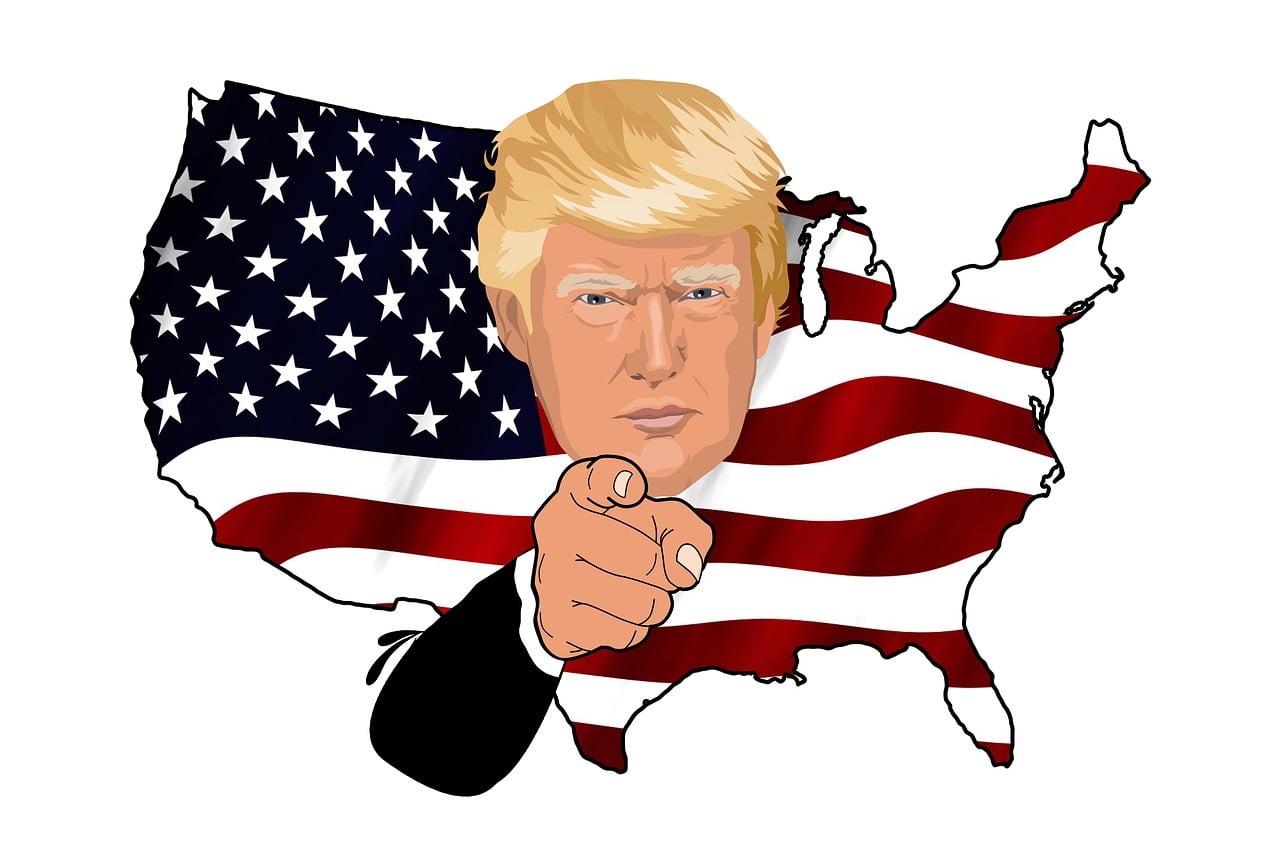At the beginning of this year I was upbeat about prospects for the U.S. economy, but more tempered about the prospects for the stock market. My call was the economy would experience its strongest growth since the expansion began in mid-2009, mainly due to the temporary stimulus from corporate and personal tax cuts and renewed business optimism about a lessening of regulatory burdens. However, I did not expect a second year of stellar equity returns, because valuations were high, interest rates were set to rise further, and the potential for trade conflict existed as the focus of the Trump administration shifted from domestic to international policies.
Investing in the Trump Era: How Economic Policies Impact Financial Markets by Nicholas P. Sargen.
Q2 hedge fund letters, conference, scoops etc
For a while, this call was on track. After reaching a record high in late January, the S&P 500 Index experienced a 10% correction in February and March, when investors worried about the prospect of rising interest rates and a conflict with China and other U.S. trade partners. Since then, however, the stock market has steadied, and it is now poised to retest its previous high.
This begs the question: Why have investors shrugged off a steady escalation in trade tensions between the U.S. and China, as well as lingering disputes with other trading partners?
Two rationales are often cited. One is that President Trump is merely using tariffs as a threat to extract concessions from trading partners, and the risk of a trade war is over-blown. The other is that even if trade tensions were to escalate, the U.S. is in better shape to absorb the impact than are the foreign economies.
My response is that investors should not underestimate the likelihood of increased trade conflict and its potential to undermine the global economy.
Trade policy is one area where Donald Trump’s views have been remarkably consistent since the 1980s. He believes large U.S. trade imbalances since then stem from U.S. officials being poor trade negotiators; if anything, he has steadily escalated both rhetoric and actions this year. Although he has backed off from imposing tariffs on autos imported from the EU for the time being, the President is expected to announce levies on an additional $200 billion of imports from China shortly, with the possibility they eventually could be extended to all imports from China.
President Trump is confident the U.S. will win a trade conflict, because the U.S. economy is less dependent on exports than most overseas economies and it imports far more than any other country. Indeed, despite the increased trade tensions, U.S. economic growth accelerated to a 4% rate in the second quarter, and corporate profits have surged by more than 20% this year partly as a result of corporate tax cuts.
But this ignores important second-round effects that are likely to ensue, as U.S. tariffs take their toll on foreign economies. The mistake is failing to understand that U.S. and global growth are strongest when world trade volumes are rising, as was the case last year, and global growth typically is weak when trade volumes are shrinking as during the Global Financial Crisis.
Evidence of softness abroad already is pervasive. European growth, for example, has slowed considerably this year after surging to 2% last year, in part due to uncertainty about trade, and the UK and Italy, the third and fourth largest economies, confront significant political uncertainty. China’s economy is showing signs of vulnerability to a looming trade war with the U.S., and policymakers have responded by easing monetary policy. This has been accompanied by a sell-off in China’s stock market of more than 20% and a 7% depreciation of the yuan. Emerging economies that are reliant on foreign capital are also feeling the impact of higher U.S. interest rates and a stronger dollar on their external debt, and some such as Turkey, Iran and Russia are experiencing significant capital outflows.
Another mistake is the failure to realize the widening disparity in growth between the U.S. and abroad is likely to increase the overall U.S. trade imbalance. In the past, it has widened during periods of strong U.S. growth because the domestic economy has a high import content (40% of consumer goods are imports) and is less export-oriented. Stronger U.S. growth has also been associated with a stronger dollar, as foreign capital is attracted to the U.S. by higher interest rates than abroad. The bottom line is that any initial advantage the U.S. may reap from imposing duties on foreign goods is likely to be countered both by higher duties levied on U.S. goods and by a weakening of foreign currencies versus the dollar.
This poses yet another question: What will President Trump do if the overall U.S. trade imbalance widens in 2019 and 2020?
My concern is that he is apt to blame our trading partners for depreciating their currencies when the outcome is largely being determined by policies in the United States. This could lead to yet another round of escalation of trade tensions, which at some point would undermine investor confidence and increase the risk of financial market turbulence. For these reasons, I am more worried about the possibility of a trade conflict than many investors today.
Nicholas Sargen
Chief Economist
Fort Washington Investment Advisors, Inc.
August 13, 2018
Past performance is not indicative of future results. This publication contains the current opinions of Fort Washington Investment Advisors, Inc. Such opinions are subject to change without notice. This publication has been distributed for informational purposes only and should not be considered as investment advice or a recommendation of any particular security, strategy, or investment product. Information and statistics contained herein have been obtained from sources believed to be reliable and are accurate to the best of our knowledge. No part of this publication may be reproduced in any form, or referred to in any other publication, without express written permission of Fort Washington Investment Advisors, Inc.





